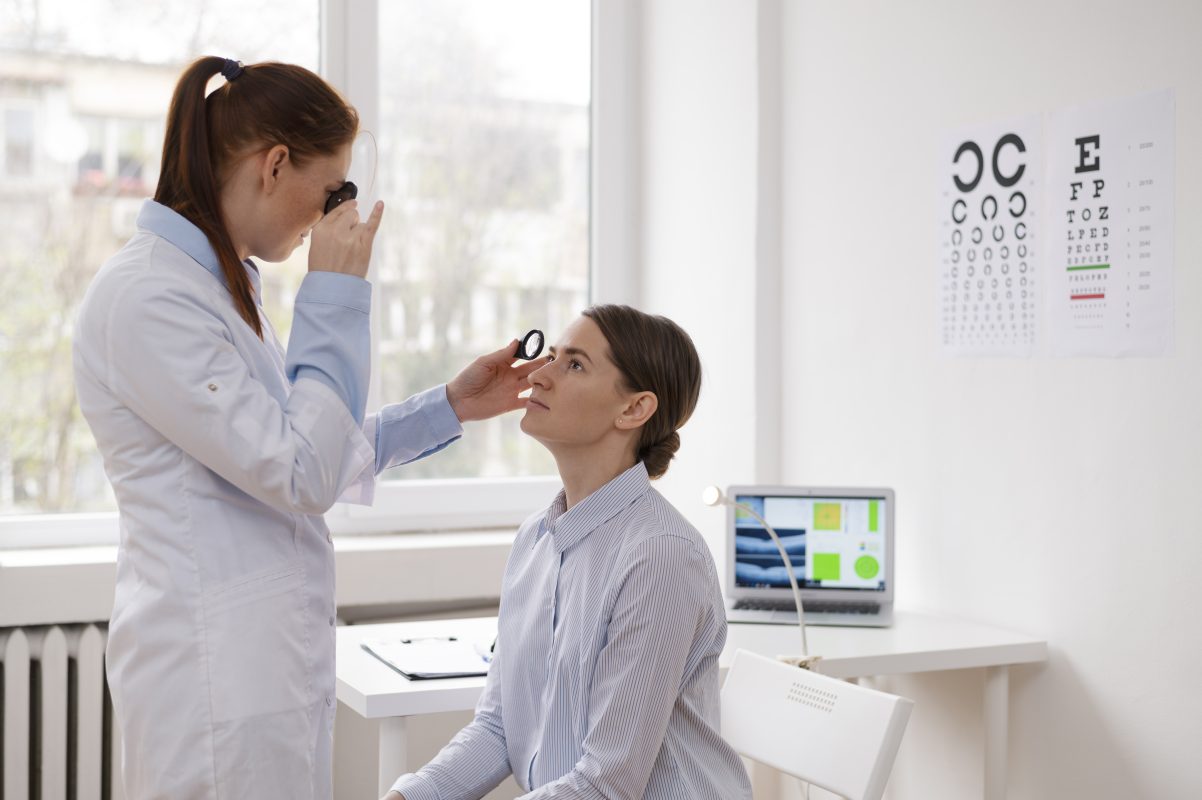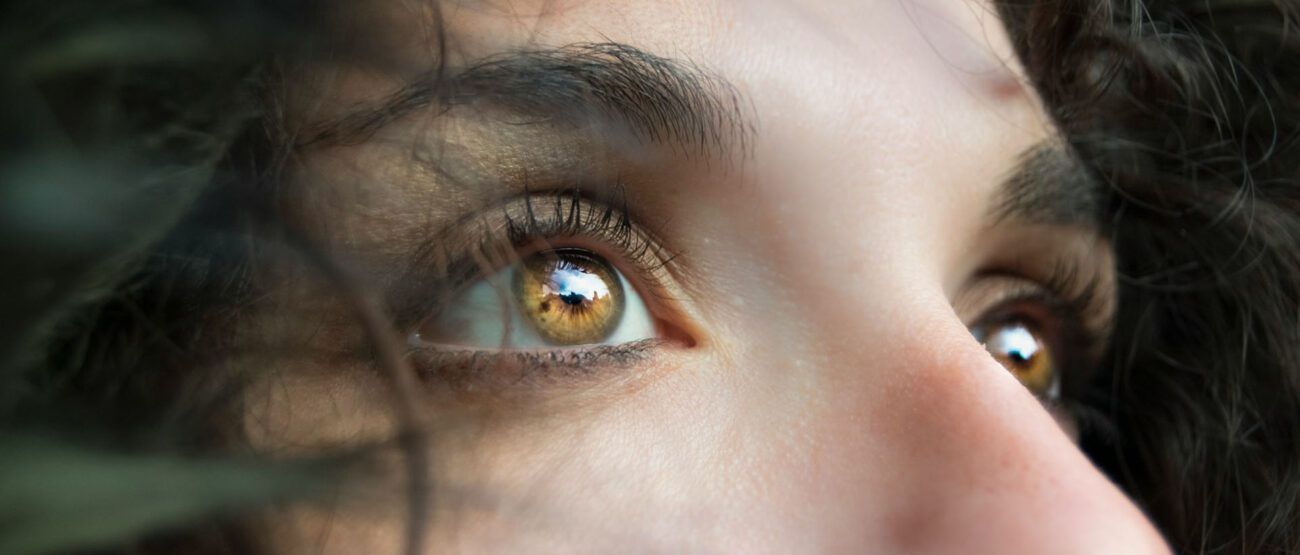What is Astigmatism?
Astigmatism is a common refractive error that distorts vision by affecting how light focuses on the retina. This guide will help you understand astigmatism, its effects on vision, and effective management strategies. While mild cases may not need treatment, moderate to severe cases often require correction for optimal vision.
Astigmatism arises from an irregularly shaped cornea or lens. A normal cornea is round, allowing even light focus, while an irregular shape causes multiple focus points, resulting in blurred vision. Types include:
- Corneal Astigmatism: Most common, caused by an irregular cornea.
- Lenticular Astigmatism: Caused by an irregular lens shape.
Astigmatism is often congenital but can develop from eye injuries or diseases.
Symptoms of Astigmatism
Symptoms can vary in severity and include:
- Blurred or Distorted Vision: Difficulty focusing on objects at any distance.
- Eye Strain: Discomfort after prolonged visual tasks.
- Night Vision Difficulty: Challenges seeing in low-light conditions.
- Frequent Squinting: Helps improve vision but can lead to headaches.
- Double Vision: In severe cases, this can occur.
If you experience any of these symptoms, consult an eye care professional.
Diagnosis involves a comprehensive eye exam with tests like:
- Visual Acuity Test: Measures clarity of vision at various distances.
- Keratometry: Measures corneal curvature.
- Refraction Test: Determines the correct lens prescription.
- Topography: Maps corneal surface for detailed assessment.
- Eye Health Examination: Checks overall eye health for underlying conditions.
Treatment Options for Astigmatism
Common treatment methods include:
- Eyeglasses: Corrective lenses designed for astigmatism.
- Contact Lenses: Toric lenses provide varying powers to correct vision.
- Laser Eye Surgery: Reshapes the cornea for a permanent solution.
- Refractive Lens Exchange (RLE): Replaces the natural lens with an artificial one.
- Astigmatic Keratotomy (AK): Surgical procedure to correct corneal shape.
Managing Astigmatism: Tips for Everyday Life
To effectively manage astigmatism:
- Regular Eye Exams: Monitor vision changes and update prescriptions.
- Follow Doctor’s Advice: Adhere to prescribed treatment plans.
- Use Proper Lighting: Good lighting reduces eye strain.
- Take Breaks: Follow the 20-20-20 rule for screen time.
- Consider Specialized Eyewear: Use blue light filtering glasses if needed.
- Stay Hydrated: Drink water and use lubricating drops as necessary.
- Practice Good Eye Hygiene: Maintain lens care to prevent infections.
Advanced Considerations: When to Seek Further Treatment
Seek further medical advice if you experience:
- Severe Blurring or Distortion: If corrective lenses aren’t effective.
- Frequent Headaches or Eye Pain: Indicating possible prescription issues.
- Difficulty Adjusting to New Lenses: Consult your eye doctor for adjustments.
- Changes in Night Vision: Sudden declines warrant an eye check.
Conclusion: Embrace Clear Vision with the Right Care
Astigmatism is manageable with proper diagnosis and treatment. By following your doctor’s advice and making lifestyle adjustments, you can maintain clear vision. Don’t let astigmatism hinder your quality of life—take control of your eye health today.





